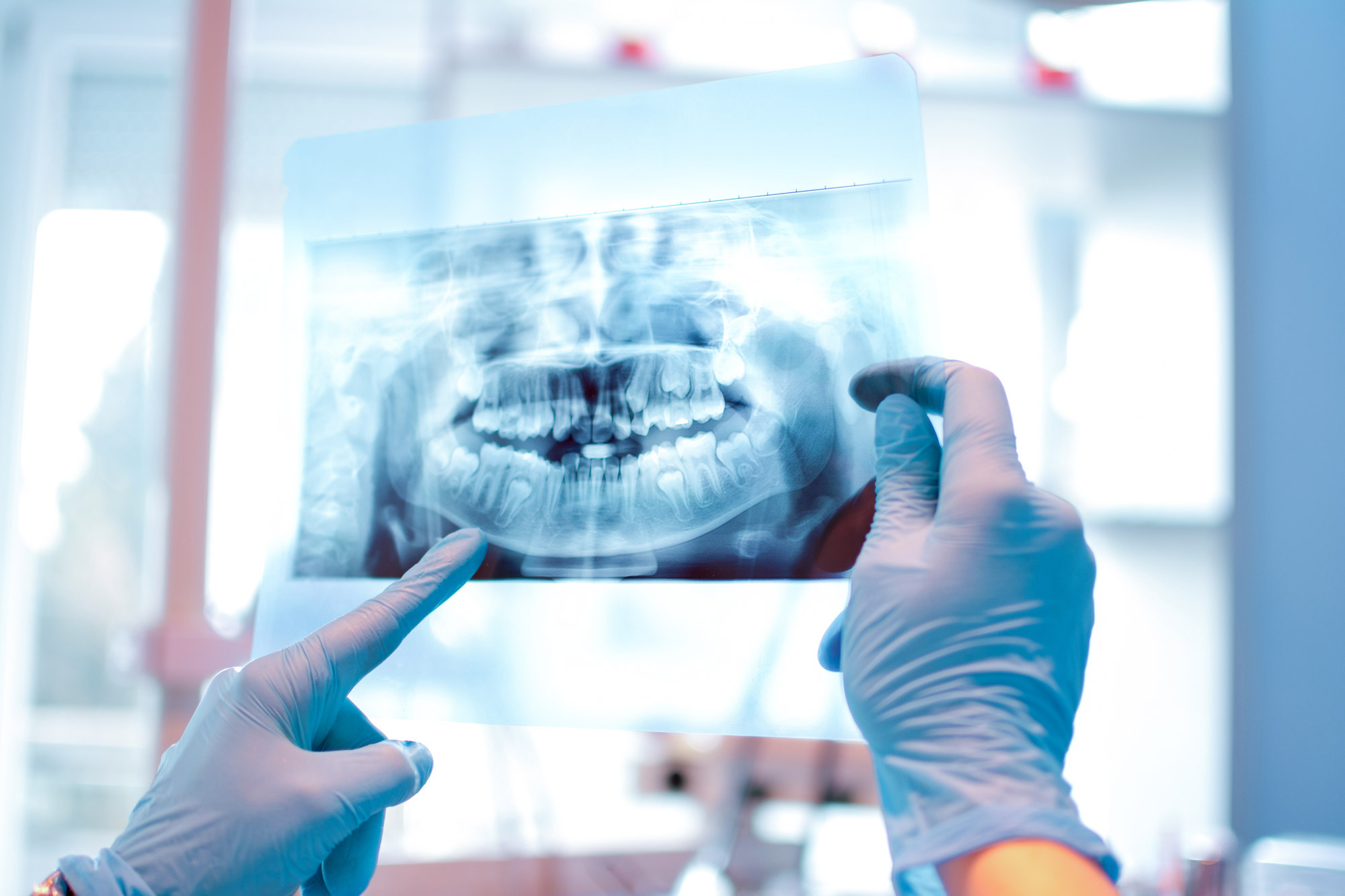
General
Dental Extraction
Tooth extractions for broken, decayed, or painful teeth that can’t be repaired or to prevent overcrowding.
Dental Extraction benefits
Making room for treatment.
Tooth extraction is often necessary so that further orthodontic treatment can take place.
Pain relief.
Removing a damaged tooth can provide immediate relief from pain or discomfort.
Infection prevention.
Extraction helps prevent the spread of infection to surrounding teeth and the oral cavity.
What is Dental Extraction?

How it works
A word from our patients
We always want to make sure our patients have an exceptional experience and leave our practices with happy smiles. Here are some of our most recent success stories.
The service I received at Rodericks Dental Partners was amazing. They were there for me every step of the way and eased my worries.
FAQs
Who would benefit from a tooth extraction?
Tooth extraction could be recommended for a variety of reasons. The most common are: In an overcrowded mouth. Tooth removal may be required before orthodontic treatments can begin. Orthodontic treatment aims to achieve the correct alignment for teeth, and sometimes tooth extraction can provide the space required to allow orthodontic appliances to achieve their goals. When the tooth is severely decayed or traumatised beyond repair. The tooth may become at risk of infection, and — if the dentist is unable to repair the tooth — extraction may be the most suitable treatment to prevent any infection from spreading. Periodontal (gum) disease is an infection of the bones and soft tissues that surround and support the teeth. In some cases of severe periodontal disease, the teeth may become loose, infected or painful — and tooth removal may be the only suitable treatment.
What are the complications of tooth removal?
All surgery has its risks. Problems with pain, bleeding, bruising, swelling, numbness and infection can happen after any operation. One of the common complications is dry socket — this is where the blood clot has come out of the socket, leaving it open for bacteria to get in and create an infection. This results in pain continuing and sometimes worsening a few days after the extraction. If this happens, we would ask you to return to the practice for the dentist to assess and place a dressing into the tooth socket to aid the healing and fight off the infection. Other complications include damage to adjacent teeth, nerve injury, jaw injury, sinus problems and retained roots. If you have any concerns, we advise you to speak to your dentist; they will always take time to assess you and provide you with answers to any questions you have.
What should I eat after a tooth extraction?
After a dental extraction, it’s common to feel pain or discomfort which can make chewing certain foods challenging. Soft foods and liquids will be easiest to eat for the first 2-3 days. Consider the temperature of the food, too; very hot or very cold foods may cause soreness in the area. Foods like lukewarm soup, smoothies or scrambled eggs will reduce the risk of discomfort when eating after having a tooth extracted.
What options do I have for the space left after a dental extraction?
There are several options for tooth replacement. Your dentist will discuss the options with you at your assessment appointment. Options usually include dentures, bridges or implants.
